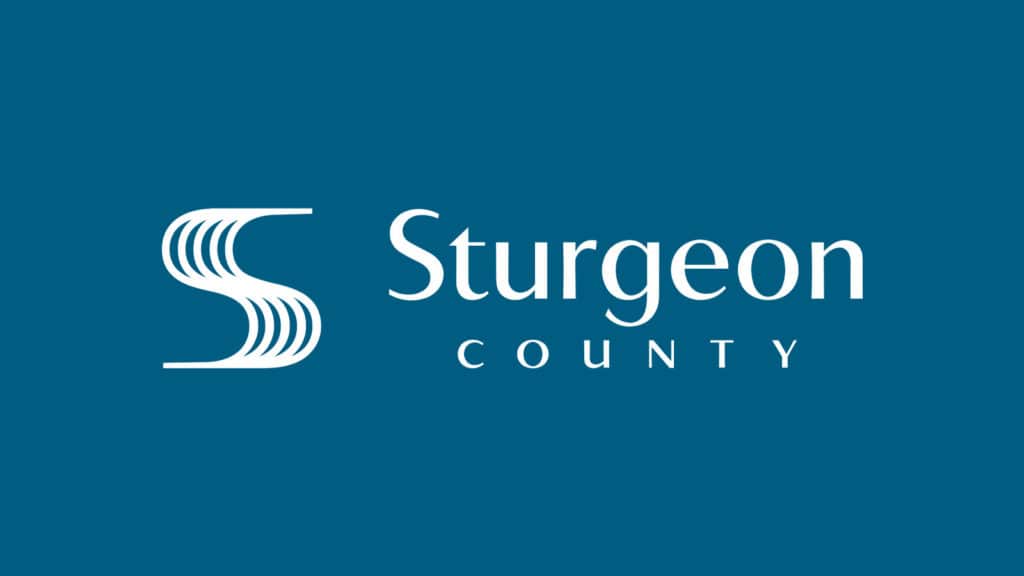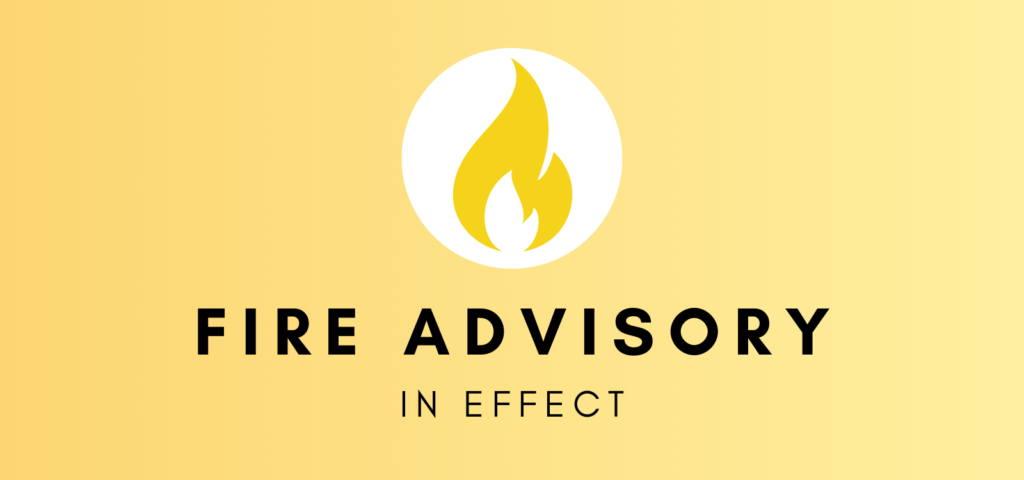After thoughtful debate, Council finished 2024 budget deliberations on November 23. The capital and operating budgets will go to Council for final consideration on December 12.
View the proposed 2024 Budget package.
Keep taxes low
Sturgeon County continues to have one of the lowest residential tax rates in the province and the business tax rate is competitive. Historically, Sturgeon has supported very conservative budgets. Over seven years, from 2017 to 2023, the County’s municipal tax rate only increased 2.69 per cent. For this same period, consumer price index (CPI), which measures inflation, increased approximately 21 per cent.
Prioritizing expense that attract investment and support growth
Sturgeon County continues to look for ways to attract investment, which supports financial sustainability and future prosperity. Business investment is critical to Sturgeon County. More than 80 per cent of the County’s tax revenue comes from heavy industry in the Alberta Industrial Heartland, from other County industrial parks, and various businesses in the community.
Investing in key infrastructure
Key infrastructure like roads, bridges, fire and emergency equipment, and parks and trails are essential to building thriving communities. The County is investing approximately $50 million to fund this infrastructure in 2024.
Provide value for tax dollars
You work hard for your money, and we want to make sure you’re getting good value for your tax dollars.
Key Priorities for Budget 2024
A homeowner with a property valued at $500,000 will pay $41 more in municipal taxes in 2024.
The 2024 budget of more than $135 million includes approximately $50 million of planned infrastructure investments for roads, bridges, parks, playgrounds, and drainage projects, and more than $86 million to fund day-to-day services, like fire services, snow removal, water utilities, and community services.
Budget Highlights
- A municipal tax rate increase for 2024 was originally proposed at 3.87 per cent. Through Council debate and strategic decision-making, that has been reduced to 2.13 per cent.
- A homeowner with a property valued at $500,000 will pay $41 more in municipal taxes in 2024. A business valued at $1 million will pay $229 more.
- The 2024 budget totals more than $135 million.
- The nearly $50 million capital budget will fund roads, bridges, parks, playgrounds and drainage work in 2024. Between 2023 and 2025, more than $163 million is being invested in capital infrastructure. Transportation infrastructure is the largest expense for Sturgeon County.
- The approximately $86 million operating budget will fund day-to-day municipal services.
- More than 80 per cent of the County’s tax revenue comes from heavy industry in the Alberta Industrial Heartland, from other County industrial parks, and various businesses in the community.
- Council is prioritizing utility rate affordability. Some elements related to utility rates are outside of the County’s control. Council continues to work through changes with utility providers to ensure residents receive fair and sustainable rates. The County is committed to transparency and will keep the community informed as we navigate these complexities.
- Sturgeon County’s total wage and benefit costs are proportionally lower than they were four years ago, but are fair and competitive. In 2023, the County conducted a regional compensation review to ensure staff wages and benefits are competitive and that we are attracting talented individuals to serve County residents and businesses.
- Sturgeon County Council pay is set by a resident task force. This approach makes sure the community has input on pay, and that compensation reflects the time and expertise required for a role on Council. The last Council remuneration review happened in 2019.
We are investing:
- More than $1.8 million to build, maintain and grow our parks, trails, and natural green spaces.
- $3.1 million in our utility infrastructure, with $1.6 million for water and $1.5 million for wastewater services.
- $41,000 for enhanced cyber security insurance coverage which would mitigate financial impacts of a cybersecurity incident.
- $1.8 million to construct a roundabout at Sturgeon Road and Range Road 250, which is one of our busiest intersections.
- $45,000 for a communications audit, to ensure Sturgeon County can communicate with residents in the most effective way possible.
- $1.8 million for 14.3 full-time positions to help the County serve residents better. Positions include a social worker, development compliance officer, animal control officer and full-time firefighters.
- $4 million to reduce debt, which results in significant savings by not having to pay interest.
- $500,000 into reserves to fund snow removal, gravel road improvements and potential equipment needs.
- $1.5 million for major initiatives that support economic development and investment attraction in Alberta’s Industrial Heartland. These investments support a stronger tax base for the community, competitive tax rates and long-term financial sustainability.
Making Sense of the Budget
When does the County approve its budget?
Council approves an operating and capital budget each December. The budget determines the level of services provided to residents and businesses, and guides decisions about infrastructure improvements. The final budget determines the proposed tax rates.
Council approves the tax rate bylaw in late spring, once assessment is finalized and the provincial requisition amounts for education and senior’s housing are known. At this time, an adjusted tax rate may be proposed.
What is an operating budget?
An operating budget plans for the costs of the day-to-day activities you rely on, such as fire services, snow removal, utilities, community services and agricultural programs. These services are mostly funded through tax dollars.
The operating budget also includes provincial requisitions collected on behalf of the Government of Alberta.
The operating budget is approved each year.
What is a capital budget?
A capital budget plans for major fixed assets, like vehicles, buildings, bridges and roads. The County has a three-year capital budget, so it can better plan for these larger expenses.
Sturgeon County passed its first multi-year capital budget for 2023 to 2025. The multi-year capital budget is reviewed annually. For 2024 and 2025, the capital budget was amended to include several key priority projects for the community. View budget highlights.
How does the budget impact my taxes?
Taxes fund municipal services, like road maintenance, utilities, fire services, recreation, snow removal, and more. The final budget outlines the tax dollars needed to fund these services, and this amount is used to set the tax rate.
To determine how much money is collected from each property owner, the County relies on property assessment. Property assessment assigns a dollar value to each property.
Once the tax rate and assessed property value is set, we can calculate your taxes using the following formula:
Assessed property value X current tax rate = taxes due
It’s important to note that your tax bill includes funds the County must collect on behalf of the provincial government. These provincial requisitions account for roughly 40 per cent of your property tax bill.
Why does the County collect taxes for the province?
Sturgeon County must collect provincial requisitions on behalf of the Government of Alberta. These funds support the provincial education system, rural policing services, and the Heartland Housing Foundation which provides seniors support services.
The provincial government determines the amount of money that needs to be collected. Requisitions typically make up roughly 40 per cent of your property tax bill.

